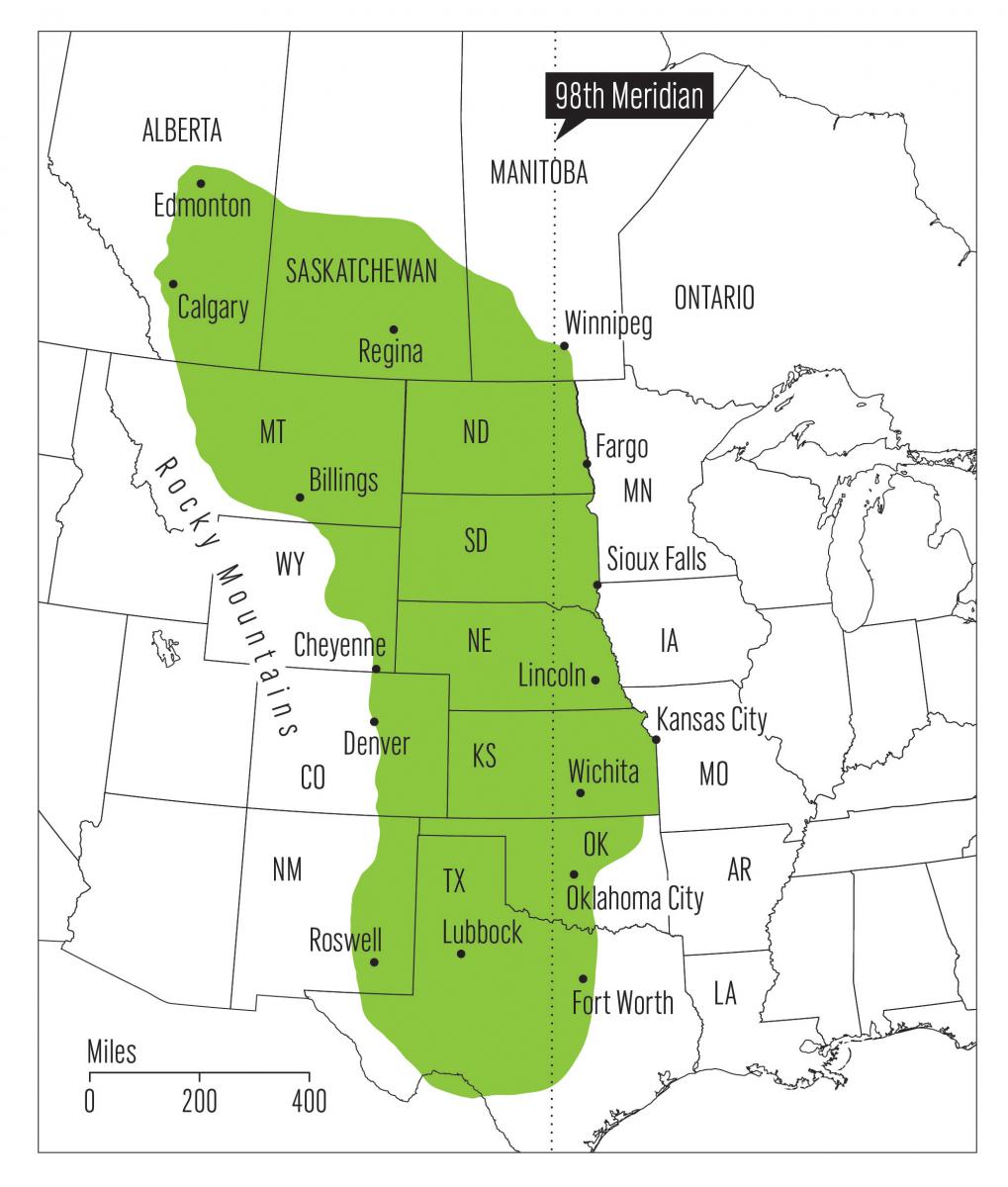

Archaeology of North American hunters and gatherers, The archaeological history of hunter-gatherers in North America begins with the first migrants from northeast Asia. Although the timing of the initial crossing remains a topic of research and vigorous debate, the scholarly consensus is that precursors of the earliest widespread cultures, termed Palaeoindian, entered Alaska sometime not long before 14,000 years ago (Fiedel 1999). More...
SOURCE: Cannon, A., & CANNON, A. (2006). I.I.2 Archaeology of North American hunters and gatherers. In R. B. Lee, & R. H. Daly (Eds.), The Cambridge encyclopedia of hunters and gatherers. Cambridge, UK: Cambridge University Press.

SOURCE: This map was created by the editors of the Encyclopedia of the Great Plains, who took into account several factors including ecology, geography, culture, history, and more.
Native American, also called American Indian, Amerindian, Amerind, Indian, aboriginal American, or First Nation person, member of any of the aboriginal peoples of the Western Hemisphere, although the term often connotes only those groups whose original territories were in present-day Canada and the United States. More...
SOURCE: "Native American." Britannica Academic, Encyclopædia Britannica, 4 Oct. 2016.

North American Plains Indian, Member of any of the Native American peoples inhabiting the Great Plains of the United States and Canada. This culture area comprises a vast grassland between the Mississippi River and the Rocky Mountains and from present-day provinces of Alberta and Saskatchewan in Canada through the present-day state of Texas in the United States. More...
SOURCE: "Plains Indian." Britannica Academic, Encyclopædia Britannica, 9 May. 2011.
Clovis Culture, Clovis is the oldest clearly defined culture known in North America, with radiocarbon dates concentrating in the range of 11,200–10,900 years BP (before the present) (though a few sites have yielded dates three to four centuries older). Its most characteristic artifact, the Clovis projectile point is lanceolate (axially elongate with roughly parallel sides curving to a point), with a concave base, and one or more elongate axial flakes removed from each side of the base, presumably to facilitate hafting to a shaft. More...
SOURCE: Laub, Richard S. "Clovis Culture." In Encyclopedia of Anthropology, edited by H. J. Birx, 521-527. Thousand Oaks, CA: SAGE Publications, Inc., 2006. doi: 10.4135/9781412952453.n178.
Folsom Culture, The discovery in 1927 near Folsom, New Mexico, of distinctive stone projectile points in unambiguous association with bones of extinct Late Pleistocene bison provided the first widely accepted evidence for a human presence in North America greater than a few thousand years and initiated the field of Paleo-Indian studies in American archaeology. The discovery also inspired the notion that Paleo-Indians were specialized big game hunters. The points were named “Folsom points,” and the Folsom point makers were named the “Folsom culture.” Folsom points are one of the most widely recognized point types, possibly in the world, but certainly in North America. More...
SOURCE: LeTourneau, Philippe D. "Folsom Culture." In Encyclopedia of Anthropology, edited by H. J. Birx, 976-978. Thousand Oaks, CA: SAGE Publications, Inc., 2006. doi: 10.4135/9781412952453.n348.
